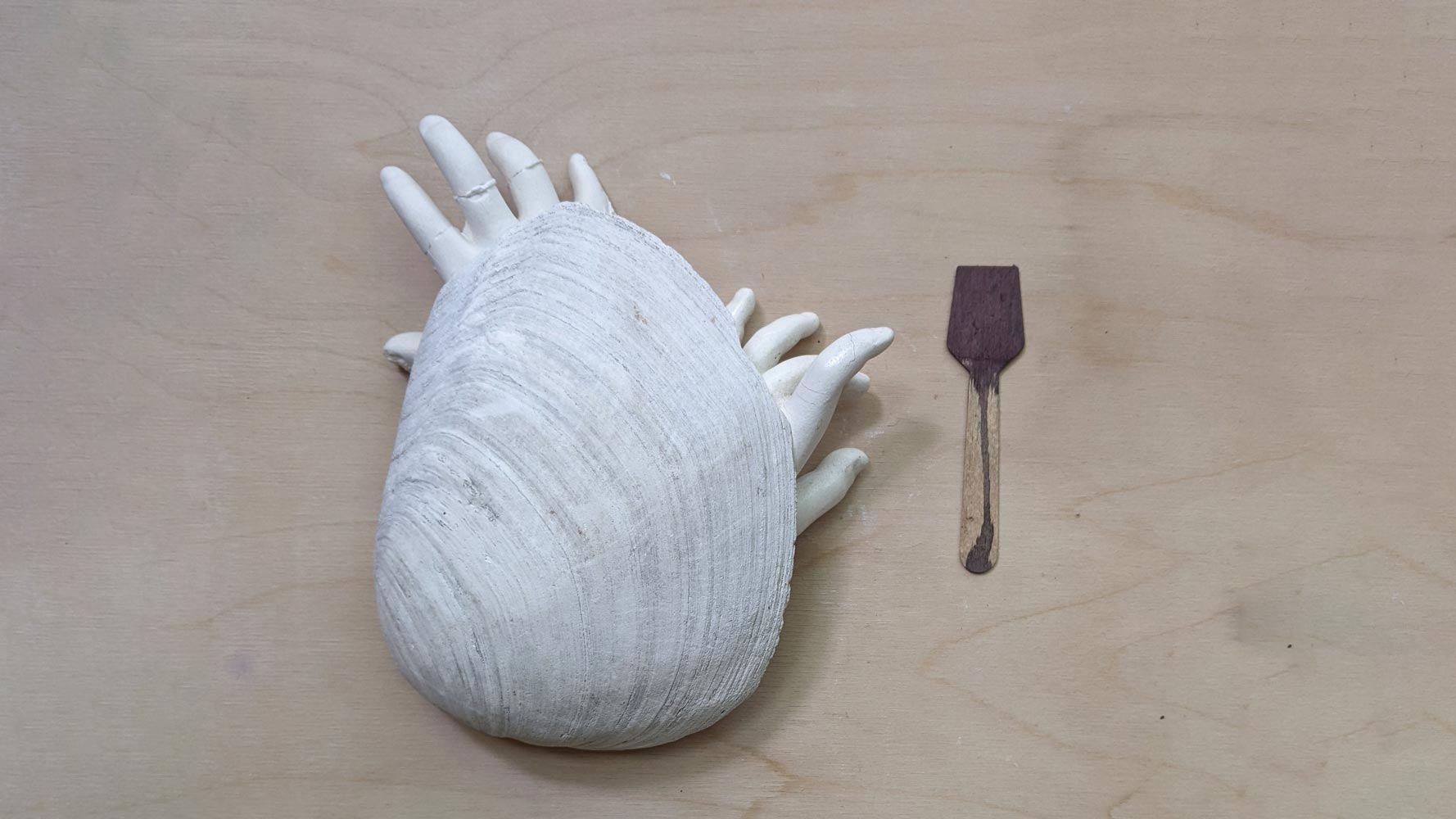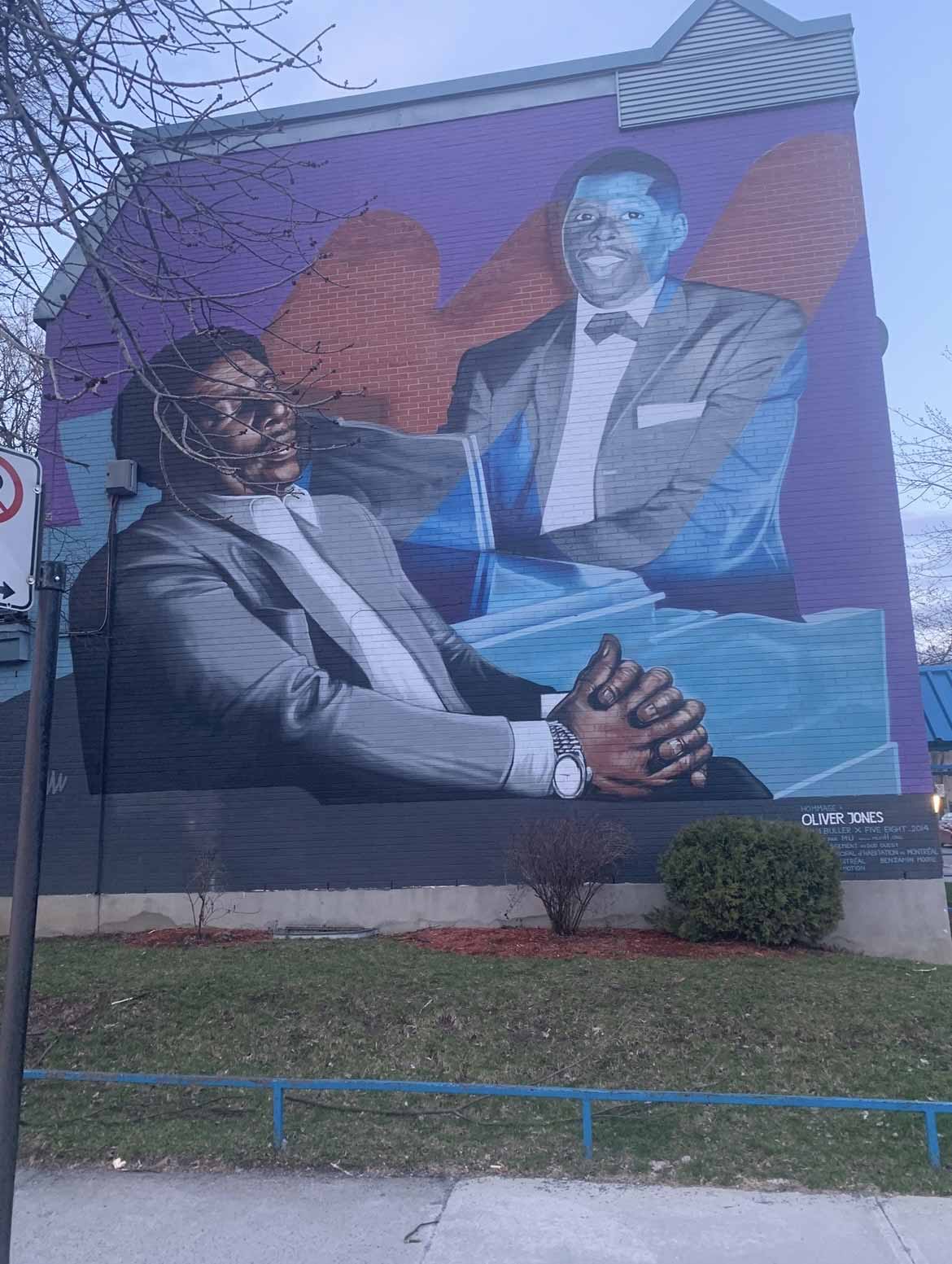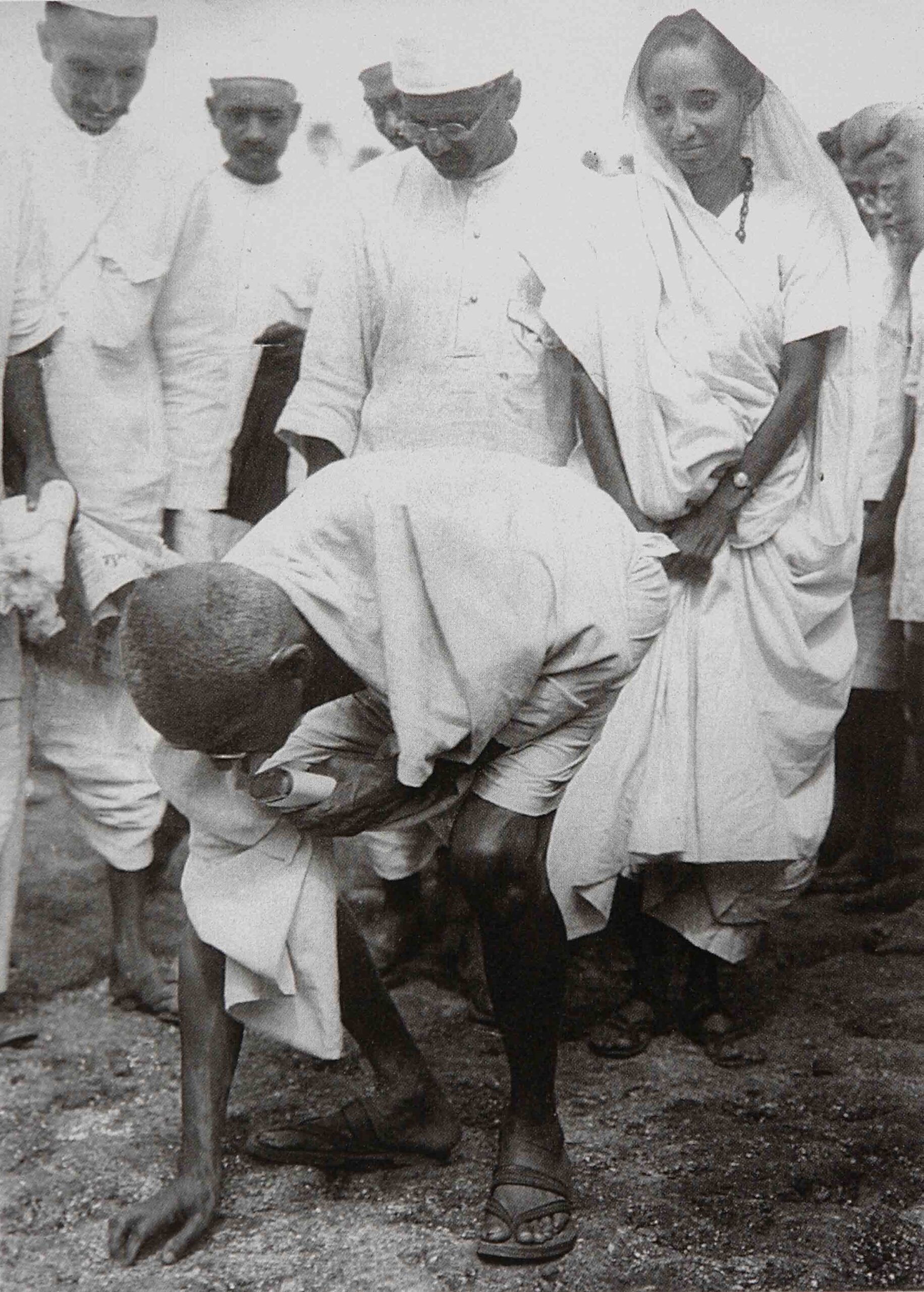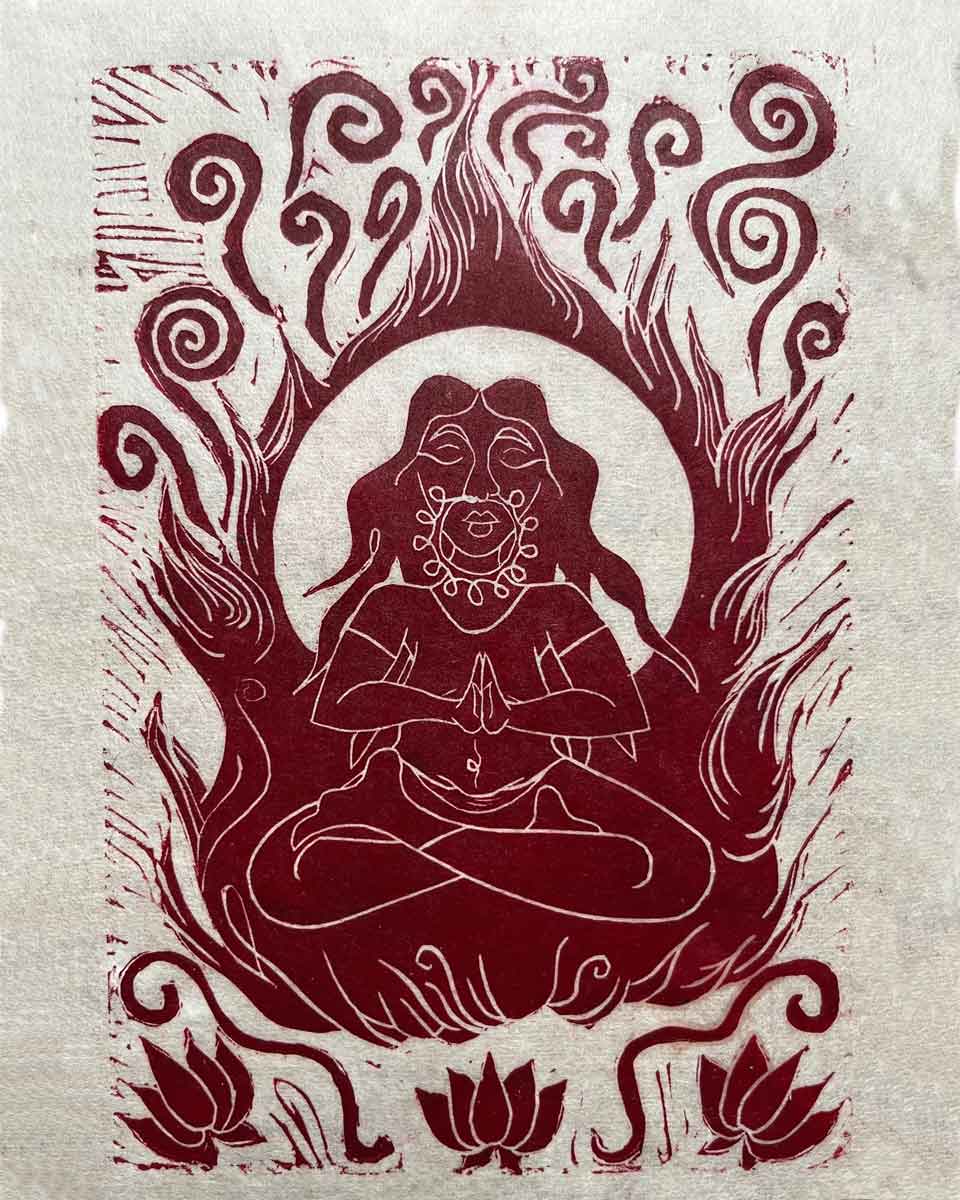This edition of Montreal Serai is about “Class, Caste, and Cultural Labels.” Once again class has become a central social issue both in the industrialized world and in many other countries. The “Occupy Movement” in New York City made the division between the 1% and the 99% a global issue; then came upheaval in southern Europe, the Quebec student protests, and most recently “Idle No More” walkers and marchers.
Serai has brought together a series of contributions that display the various features of caste and class. We have three striking stories by women about social hierarchy in India. Nilambri Ghai’s “Another Home” gives readers a sensitive view into the life of a servant, Phula, “ not tall enough to reach the table.” Then “Ghunghroo,” by Anushree Varma, shows us the experience of an 8-year-old girl whose sudden encounter with a far poorer child is life-changing. Montreal writer (and occasional Serai film festival daily blogger) Maya Khankhoje casts an ironic eye on “Tai’s Rules” by which a Brahmin widow uses a banana and tea to reject the Other, in this case her English sister-in-law. Khankhoje’s short essay, “The Second Caste,” appears as well in a nod to Simone de Beauvoir, with a reminder that gender is a kind of caste.
Marie-Thérèse Blanc, herself a lawyer as well as a literature teacher, contrasts two kinds of law. A Western code based on judgement and punishment, and a Cree one, founded on interdependence and forgiveness. In “The Killing of Bin Laden: A Kaleidoscope View through the Lens of Bob Dylan,” writer David Ryback uses Dylan’s lyrics, and docu-fiction, to create a kind of cubist montage of the fissures of our time.
Lyricism of a direct and visual type appears in two new poems by Charlotte Hussey. Montreal writer Dawn McSweeney adds poems that are wry, strong, and wistful. Musician and poet, Chris Velan, gives us another kind of song in his piece called “Election Day.” Its grim speaker has “made it through the ages” because he’s “got your leaders in pocket.”
The velvet pockets of the one percent, however, seem slightly more frayed in Patrick Barnard’s “Class and Crisis,” and Barnard says that economic exploitation is reaching an intensity that threatens to produce a global collapse.
Closer to home, Montreal organizer and housing activist John Bradley examines two neighbourhoods in his own city and says that we do not live in a democracy when it comes to urban space. Montreal is the background as well to Anne Cimon’s new book, reviewed here by Nilambri Ghai. And musician and poet Paul Serralheiro takes us on a complete tour of Montreal’s improvised music scene.
Merrianne Couture tells us about the people of Nicaragua as she reflects about her time there working on literacy and communication.
Finally, Daniel Goldsmith in “Who Am I?” looks beyond nationality and labels towards a deeper sense of self.
That is Montreal Serai for Spring 2013 – varied, lyrical, realistic, and up front. We hope you find images and thoughts here that reflect the world you know and perhaps some parts of it you do not.









Have you considered devoting an issue to hiring practices of Quebec government organizations (be it the provincial government, Radio Canada, Hydro Quebec, – whichever organization) which result in gross under-representation of visible minorities in what is supposed to be the most progressive province in Canada?